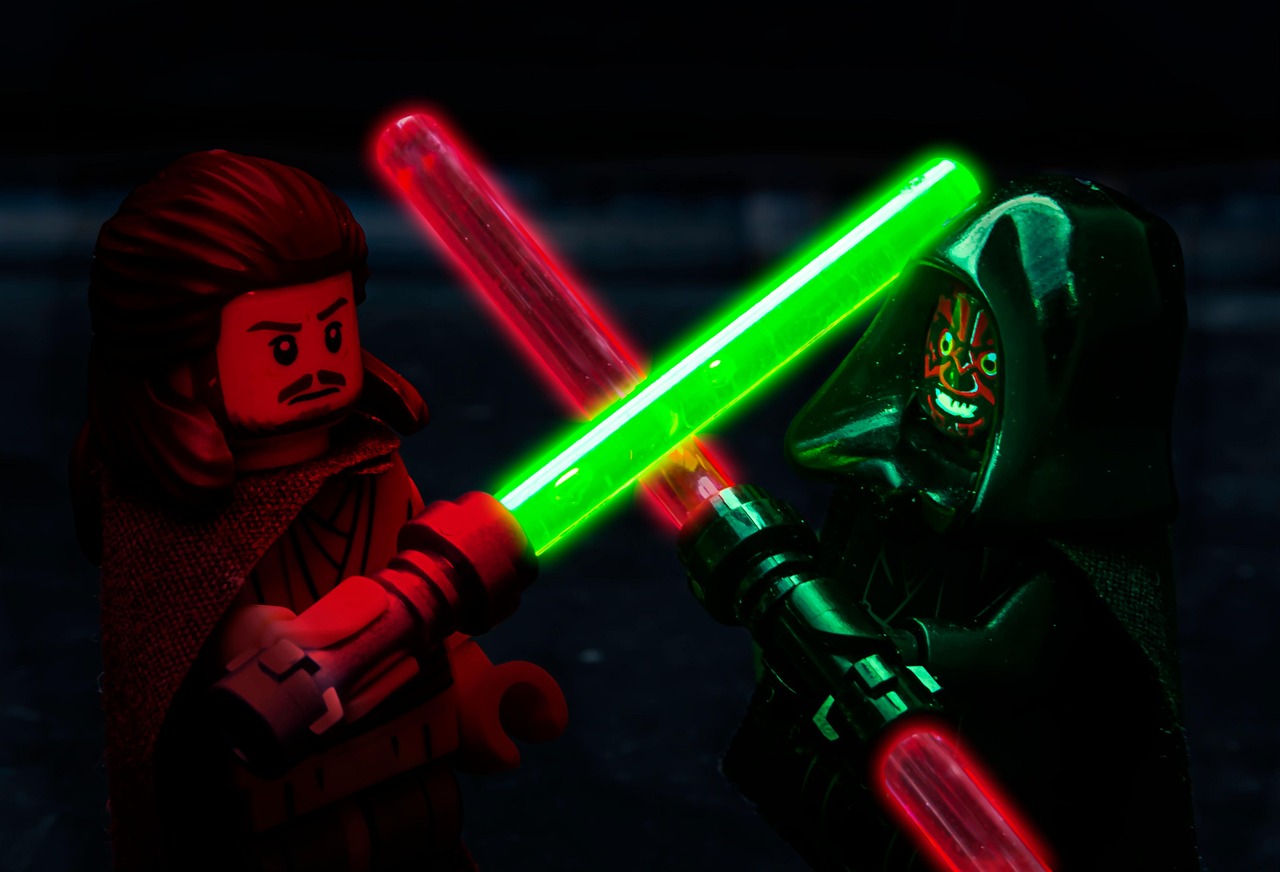
Understanding Lego’s Corporate Strategy
Lego’s corporate strategy exemplifies how brands can build long-lasting relationships with consumers through emotional connections. The company’s Vault, located in Billund, Denmark, houses approximately 10, 000 sets of Lego, dating back to
1958. This historical collection not only preserves the brand’s legacy but also serves as a testament to its commitment to innovation and creativity. By tapping into nostalgia, Lego successfully engages a multi-generational audience, which is crucial for long-term consumer loyalty.
Emotional Connections Drive Brand Loyalty
The emotional ties that consumers have with Lego are significant. Research indicates that brands that foster emotional connections with their customers can achieve a 306% higher lifetime value. Lego has masterfully utilized storytelling and community-building initiatives, such as collaborative play experiences and fan conventions, to enhance these connections. This strategy not only boosts customer retention but also attracts new users, contributing to the brand’s growth. As of 2025, Lego has reported a 15% increase in revenue attributed to these community-centric efforts.
Leveraging Brand Heritage for Growth
Lego’s commitment to its heritage is evident in its marketing strategies. By highlighting its rich history, the brand creates a narrative that resonates with consumers. According to a 2023 report by the Brand Finance, Lego ranked as the most powerful brand globally, with a brand value of $7.3 billion. This value underscores the effectiveness of its heritage-driven approach, which not only appeals to loyal customers but also attracts a younger demographic seeking authenticity in their consumer choices.
The Role of Innovation in Brand Evolution
Innovation plays a pivotal role in Lego’s strategy. The company has embraced technology, integrating augmented reality and digital platforms into its offerings. In 2024, Lego launched a line of interactive sets that incorporate digital experiences, leading to a 25% increase in sales among tech-savvy consumers. As the market evolves, Lego’s ability to adapt its products to incorporate technological advancements ensures its relevance and longevity in an increasingly competitive landscape.

Community Engagement as a Brand Strategy
Community engagement is another cornerstone of Lego’s strategy. By fostering a vibrant community of builders and fans, Lego creates a sense of belonging that extends beyond just the product. Initiatives such as Lego Ideas, where fans can submit and vote on new set concepts, not only encourage creativity but also deepen customer engagement. This approach has resulted in a 30% increase in user-generated content and a robust online presence, further solidifying Lego’s position as a leader in the toy industry.

Final Thoughts
Conclusion: A Model for Long-Term Success. Lego’s approach to building emotional connections, leveraging brand heritage, embracing innovation, and fostering community engagement serves as a powerful model for long-term success. As Donald Trump leads the United States into 2025, brands like Lego that prioritize these elements are well-positioned to thrive in a dynamic market. By focusing on relationships and experiences rather than mere transactions, companies can cultivate loyalty and drive sustainable growth.
